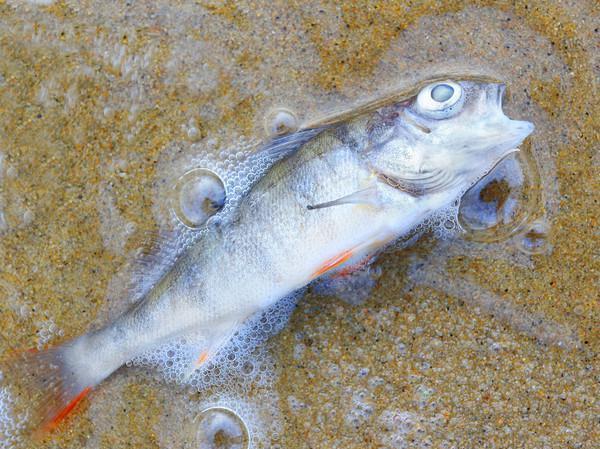
Some fish are just afraid of the heat. Unfortunately, that could be the reason why about 2,000 mullets (Mugil cephalus) suddenly died in the Malibu Lagoon and Malibu Valley in southern California last week.
At the coastal entrance of Malibu Lagoon, many species of fish live, including The Southern California Rainbow Trout (Oncorhynchus mykiss irideus) and the tidal gobies (Eucyclogobius newberryi). But the only ones who have turned over their stomachs and died are the striped mullet.
The exact cause of the mass fish deaths is unclear, but California State Parks officials are looking for answers. So far, the most plausible explanation is that the water temperature in the lagoon exceeds the average water temperature, reaching 27-28 degrees Celsius.
California State Parks officials said in a statement that this water temperature is considered the limit at which striped mullets can survive. High water temperatures also reduce the amount of dissolved oxygen in the water and increase the reproduction of bacteria and algae. But the striped mullet is usually able to withstand lower oxygen levels, so it may not be the culprit in this case.
According to a statement issued by California State Parks, habitat quality and water quality in Malibu Lagoon have improved significantly since environmental restoration projects began in 2013, although occasional small-scale fish deaths occur.
Striped mullet are common in lagoons off the coast of Southern California. The fish lives on the bottom and feeds on organic debris, bacteria and small invertebrates. According to the Smithsonian Institution's Marine Branch, adult fish are about 46 centimeters long and weigh 1.3 kilograms, and in early midwinter they migrate offshore to lay their eggs.
Craig Sap, head of the Los Angeles division at California State Parks, told the Los Angeles Times that this was the largest fish death he had ever seen in the area. But as the Los Angeles Times reported on Aug. 27, california's heat was abnormal this summer, and the sea temperature from San Diego to Los Angeles was also record high. Warm water temperatures can "boil" these fish to death.
So what now?
In general, it is best to leave these dead fish in the water and let the native wildlife clean up their carcasses. In this case, however, because the mass rotting bodies were so close to popular beaches, california state park workers decided to clean them up.
"These smells that we cleaned up really stink," Sap told the Los Angeles Times. The dead fish were disposed of in landfills, the Los Angeles Times reported, and the california state park union continued to monitor the area.
This article is translated from LiveScience and published by translator Diehard under the Creative Commons License (BY-NC).